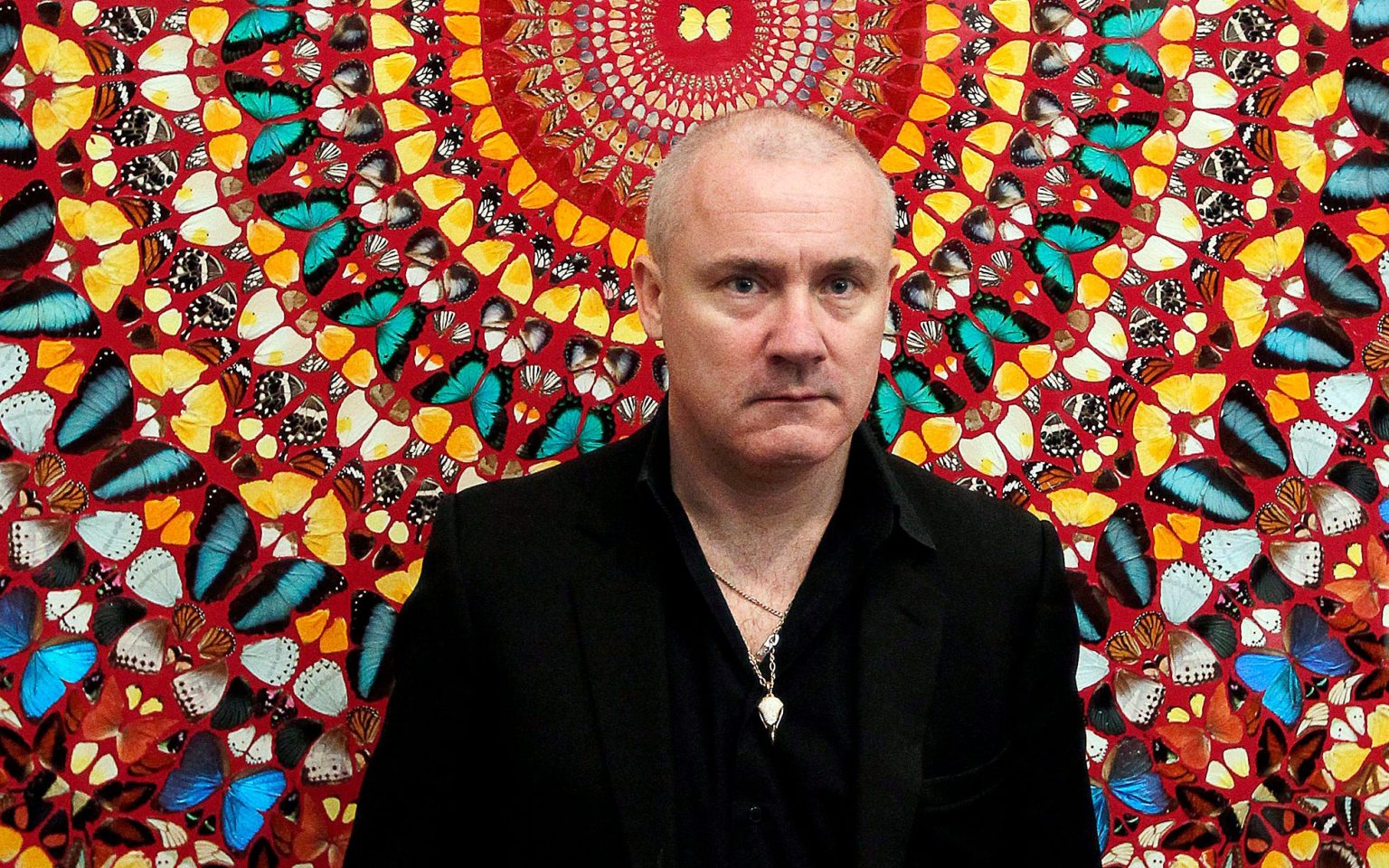Damien Hirst stands as a prominent figure in the British contemporary art scene, renowned for his bold and contentious creations that question conventional perceptions of art, life, and mortality. Born into a working-class background on June 7, 1965, in Bristol, England, Hirst’s artistic inclination was evident early on, receiving support and encouragement from his family. His educational journey led him to Goldsmiths, University of London, where he became integral to the Young British Artists (YBAs), a group of emerging talents poised to make a mark on the art world.
By the early 1990s, Hirst had catapulted to international stardom, particularly with his “The Natural History” series—a collection of sculptures featuring deceased animals preserved in formaldehyde. These pieces, simultaneously jarring and hypnotic, ignited fervent discussions regarding art’s essence and the societal role of artists. Hirst’s career has been marked by his continuous experimentation with themes surrounding life, death, and the transient nature of existence, employing a myriad of unconventional materials and techniques. His repertoire includes sculptures crafted from pills, butterflies, and even diamonds, as well as ventures into painting, drawing, and installation art.
Beyond his artistic endeavors, Hirst has proven himself a savvy entrepreneur, actively participating in various business initiatives over the years. His collaborative efforts extend to fashion designers and musicians, and he has inaugurated several restaurants and bars.
Despite facing criticism and controversy, with some questioning his commitment to art over fame and wealth, Hirst’s works remain compelling to a global audience. He is celebrated as one of his generation’s most influential and revered artists, continuously captivating and challenging viewers worldwide.

